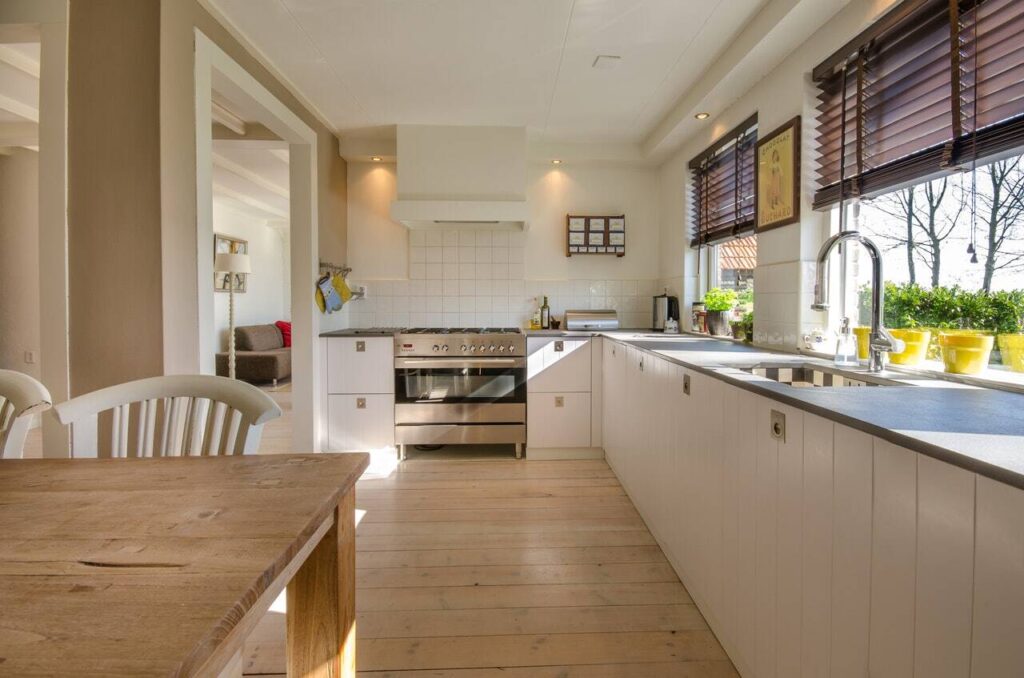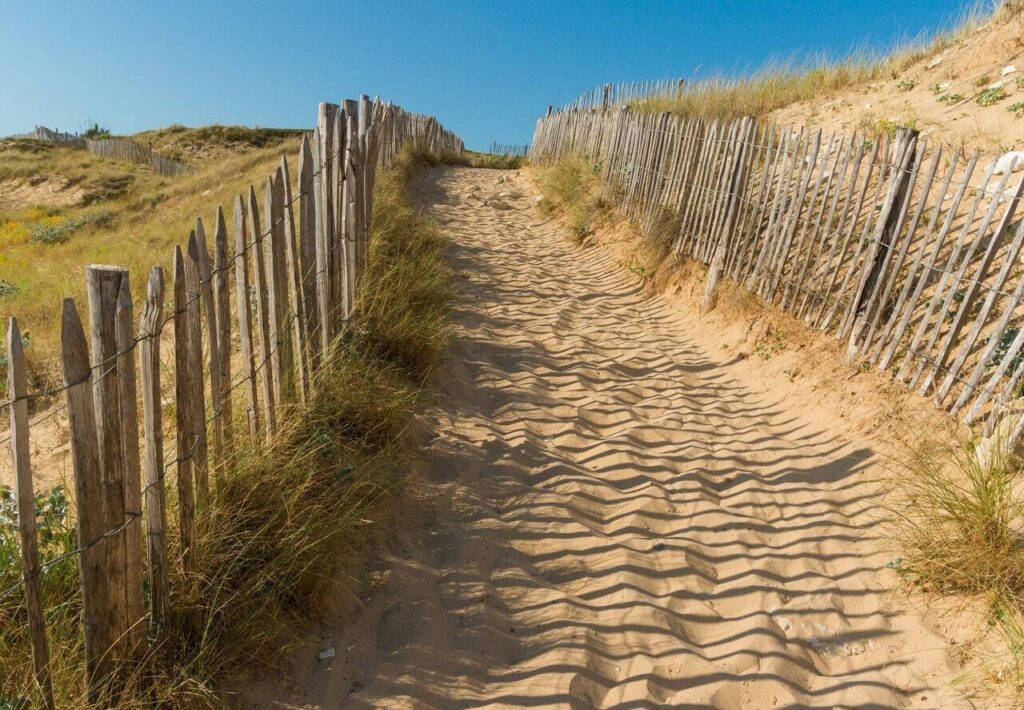Frequently Asked Questions for Do-It-Yourselfers
DIY is fun and fulfilling
Many people prefer DIYs because they cost less, and you don’t have to pay any labor fees. When you can do things yourself, you understand the finer details of why some products and services are expensive. This enables you to choose the best products, saving money, and catering to your needs.
Reading frequently asked questions equips you with new skills that are fulfilling. As you get better with your new skills, you can start charging for services. A side hustle is great, it gives you additional income, and you have a place to fall to in case of a layoff.
FAQs for Do-It-Yourselfers
Learning to do a new thing can be fun and fulfilling; however, having the right information is crucial. Here are some frequently asked questions for do-it-yourselfers.
- Do Kitchen Hoods Have to Vent Outside?
Deciding whether your kitchen hood will vent outside or not is crucial. Kitchen hoods don’t have to vent outside; however, this is the best option; it promotes air circulation. Your kitchen’s design determines where to install your ductwork.
The primary purpose of range hoods is to eliminate excess hot air from your kitchen area and the odors that linger around the stove area when grilling or frying. The type of hood you choose to install should reflect your needs. Before making a decision, you have to learn the pros and cons of each type.
- How Long Does it Take for Stucco Patch to Dry?
Did you know that you need 3 layers of stucco to paint a stucco building? You start with the scratch coat, then the brown coat, and finish off with the stucco coat (you can do this with pigments). The brown coat determines how fast the stucco paint will dry. Although the stucco paint might feel firm, but this is not an indication that it’s dry. The stucco mix must release water slowly before it completely dries. If all facets work together as they are designed to, the stucco patch takes an average of 90 days to dry.
Humidity is one key factor that affects the drying time; the humidity level in the atmosphere, and stucco paint is important. Water is a crucial element that boosts the chemical reactions within the cement that makes the stucco dry properly.
A dry atmosphere causes the water from the stucco mix to dry too fast; this makes the stucco weak. You can slow down evaporation by covering the walls with plastic sheets and misting the stucco with water a few times during the day. Do not mist if the colored pigment is added to the stucco. Damp and chilly days make the best conditions for drying.
- Can You Fix Swollen Laminate Flooring?

You can fix laminate flooring by finding leaks and fixing them
If you notice bubbles on your laminate flooring, it could be an indication of trapped air or water damage in the subfloor. Poor moisture barrier causes bending and buckling around the perimeter of the floorboards.
Swollen laminating flooring could also result from changes in temperature and humidity, high moisture content (pipe leaks or water spills), inadequate contraction and expansion of joints, lack of moisture barrier, bad ventilation, and interference with evaporation. To fix swollen laminate flooring, stop the leaks by locating the source, determine the extent of damage, remove the damaged parts, and replace them with new ones.
- What Causes a Fence to Lean?

Various elements cause fences to lean
Although some fences are stronger than others, they all accommodate a lot of weight. They carry their weight and stand against the elements, strong winds, and other forces. If your install your fence properly, it will stand for years; otherwise, it will sag, lean, and collapse. It is necessary to fix your fence a soon as it starts to lean because it escalates with time. Your fence can lean because of flooding and precipitation.
When it rains heavily, water flows into the ground, making it mushy and soft. The longer the rainy period, the weaker the ground gets. This weakens your fence, and it starts to lean. You can fix this by digging a deeper hole when repairing or using longer posts.
You can also surround the base with compost or cement. High winds also cause fences to lean even if the ground is dry or hard. You can fix this by using more robust materials to build your fence. Root incursion is another problem; as the tree roots grow, they push the fence causing it to lean or fall. You can fix this by digging around the fence and cutting the roots, then burning the edges to prevents further growth
- Are Window Screens Necessary?
Some homeowners don’t place value on window screens; they make your home presentable and increase its curb appeal. Most people don’t know the purpose of window screens. Although they might not look strong, window screens protect your home from outside elements. They help in air circulation and keep your house feeling fresh. A screen allows air to circulate throughout the house freely. This is crucial; it cleans the air inside the home and helps with the heat. It also eliminates bacteria and odors.
Window screens allow you to open your windows without letting in insects. The screen is designed with a mesh material that keeps bugs out. Different window screens allow varying intensities of light in the house. Before getting a window screen, you should decide the amount of light you prefer in each room.
Conclusion
DIYs are fantastic because you can do this in your free time, and you don’t need to pay for labor. You learn new skills, and if you master them, you can make it your side hustle and earn extra cash. It enables you to work around your home, save money by choosing affordable but effective products, and increase home equity.